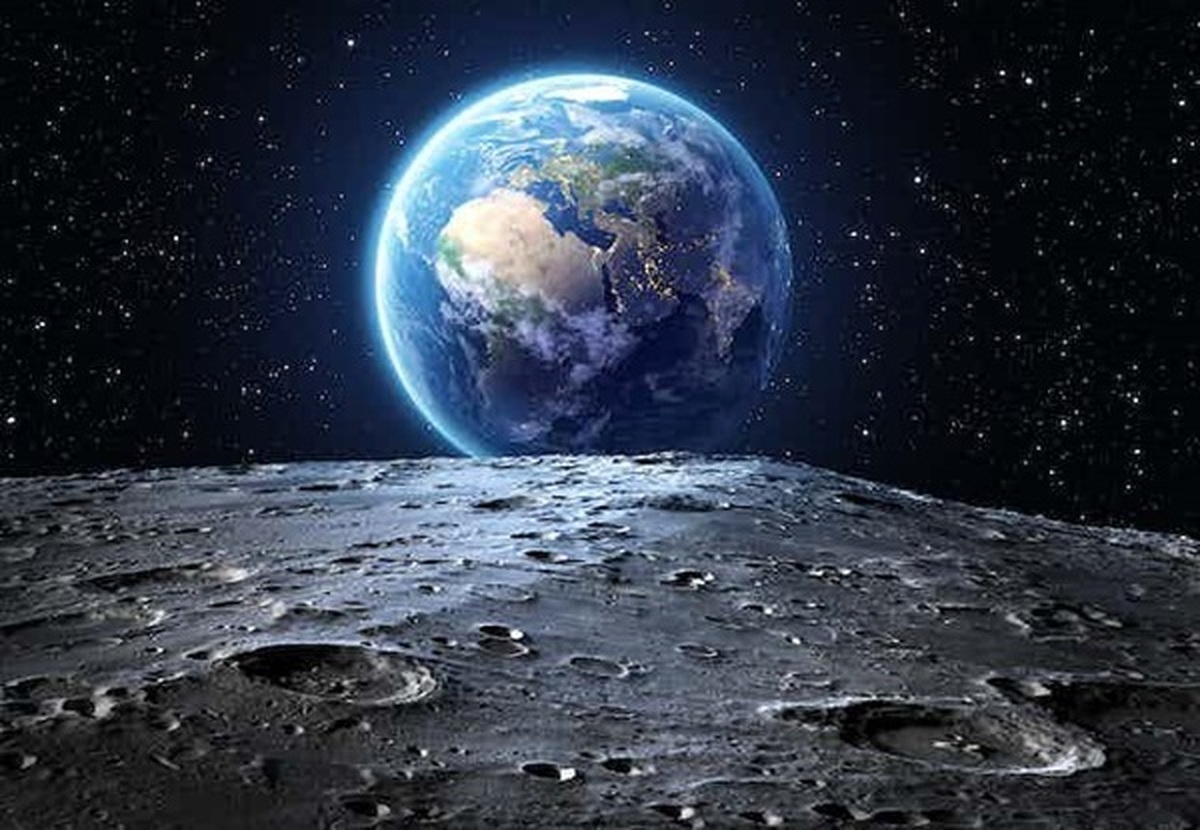Moon Soil Catalyzes Reactions Needed to Sustain Lunar Settlement

Moon soil — containing a diversity of minerals — was recently investigated as a catalyst for solar-powered water splitting and carbon dioxide reduction reactions. While not by any means optimized, the mineral mix under Earth-based laboratory conditions was found to generate hydrogen, oxygen, methanol, and methane, the Advanced Science News reported.
One might view this study as a kind of Moon-based combinatorial materials discovery approach to screening electro-, photo-, and photothermal catalysts made from the multitude of elements present in Moon minerals. In this case, perhaps the greater the number of constituent elements, the better the performance — recall high temperature ceramic superconductors!
While not too surprising, the ramifications of these observations are encouraging for a community of human explorers bent on devising an infrastructure that will allow them to live on the Moon. Plentiful sunlight and mineral catalysts are all present in Moon soil, and initially with Earth-made photovoltaics, electricity can be generated to facilitate the above mentioned solar-powered catalysis.
Sounds promising, but there are many other challenges that must be faced to sustain humans on the Moon. A big one is the lack of oxygen in the lunar atmosphere, which consists of mainly helium, neon, and hydrogen, with small amounts of water, carbon dioxide, methane, and ammonium — not the kind of environment that can keep humans alive for very long. Plus, settlers must cope with temperature swings from above and below 100°C during the Moon’s day and night.
Nevertheless, there is an abundance of oxygen locked up in the top 10 meters of lunar soil — enough to sustain eight billion humans for 100,000 years. The task is gaining access to this in the form of gaseous oxygen, and the answer is solar-powered molten mineral electrochemistry enabled by photovoltaics.
Is this problem solved? Not quite. One needs a comparable source of water and carbon dioxide to complete a human sustainability cycle. The lunar poles are estimated to contain 600 billion kilograms of ice, enough for 240,000 Olympic swimming pools.
This begs the question: What about a sustainable source of carbon dioxide on the Moon other than that exhaled by humans? The answer to this conundrum seems to be in carbon dioxide cold traps, which have been recently detected but remain to be confirmed, located in the vicinity of the lunar poles and covering a total area of around 204 square kilometers, frozen at a temperature of 60 Kelvin. The carbon dioxide provides not only a source of chemicals and fuels but also a source of multiwall carbon nanotubes and oxygen enabled by electrochemistry.
It is worth noting the apparent absence of the element boron in the lunar soil, a deficiency that would pose a problem for manufacturing pn-junction silicon solar cells on the Moon, circumventing the need to transport them from Earth.
Regardless, pretty well all the chemical ingredients and energy sources exist in the atmosphere and surface of the Moon in sufficient quantities to build an industrial infrastructure that has the capacity to produce the materials, food, and oxygen needed to sustain a population of humans on the Moon, enjoying the view of Mother Earth, and perhaps feeling homesick.
4155/v





















